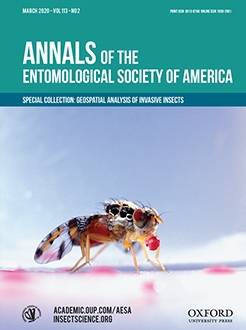Forecasting the spread and potential impacts of invasive, alien species is vital to relevant management and policy decisions. Models that estimate areas of potential suitability are useful to guide early detection and eradication, inform effective budget allocations, and justify quarantine regulations. Machine-learning is a rapidly emerging technology with myriad applications, including the analysis of factors that govern species' distributions. However, forecasts for invasive species often require extrapolation into novel spaces, which may severely erode model reliability. Using the popular machine-learning platform, MaxEnt, we integrate numerous tools and recommendations to demonstrate a method of rigorous model development that emphasizes assessment of model transferability. Our models use Lymantria dispar dispar (L.) (Lepidoptera: Erebidae), an insect brought to the United States in the late 1860s from Europe and subsequently well monitored in spread. Recent genetic analyses provide evidence that the eastern North American population originated in Germany, France, and northern Italy. We demonstrate that models built and assessed using typical methodology for invasive species (e.g., using records from the full native geographic range) showed the smallest extent of extrapolation, but the worst transferability when validated with independent data. Conversely, models based on the purported genetic source of the eastern North American populations (i.e., a subset of the native range) showed the greatest transferability, but the largest extent of extrapolation. Overall, the model that yielded high transferability to North America and low extrapolation was built following current recommendations of spatial thinning and parameter optimization with records from both the genetic source in Europe and early North American invasion.
How to translate text using browser tools
11 February 2020
Minimizing Risk and Maximizing Spatial Transferability: Challenges in Constructing a Useful Model of Potential Suitability for an Invasive Insect
Amy C. Morey,
Robert C. Venette
ACCESS THE FULL ARTICLE
It is not available for individual sale.
This article is only available to subscribers.
It is not available for individual sale.
It is not available for individual sale.
continuous Boyce Index
external validation
MaxEnt
pest risk mapping
species distribution modeling





